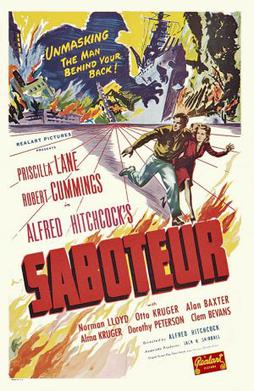A blog formerly known as Bookishness / By Charles Matthews
"Dazzled by so many and such marvelous inventions, the people of Macondo ... became indignant over the living images that the prosperous merchant Bruno Crespi projected in the theater with the lion-head ticket windows, for a character who had died and was buried in one film and for whose misfortune tears had been shed would reappear alive and transformed into an Arab in the next one. The audience, who had paid two cents apiece to share the difficulties of the actors, would not tolerate that outlandish fraud and they broke up the seats. The mayor, at the urging of Bruno Crespi, explained in a proclamation that the cinema was a machine of illusions that did not merit the emotional outbursts of the audience. With that discouraging explanation many ... decided not to return to the movies, considering that they already had too many troubles of their own to weep over the acted-out misfortunes of imaginary beings."--Gabriel García Márquez, One Hundred Years of Solitude
Search This Blog
Friday, April 21, 2017
Saboteur (Alfred Hitchcock, 1942)
It's heresy to suggest it, but Alfred Hitchcock needed movie stars. It's no accident that some of his most admired films featured Cary Grant, James Stewart, Grace Kelly, and Ingrid Bergman. They seemed to inspire him to do his best work. I don't know if Saboteur would have been a better movie if Hitchcock had got his first choice of leads: Gary Cooper and Barbara Stanwyck. But I do know that they would have supplied the kind of charisma and finesse that are sorely lacking in Robert Cummings and Priscilla Lane. Cooper and Stanwyck might also have inspired Hitchcock to give the film more than just more than a few now-familiar suspense tricks and one deservedly famous set piece -- the final scene on the torch of the Statue of Liberty. He might have been moved to prod his usually more-than-competent screenwriters -- Peter Viertel, Joan Harrison, and Dorothy Parker -- to shape the story into something that makes a little more sense. It's the familiar Hitchcockian "wrong man" premise, one that was done far more skillfully in The 39 Steps (1935), would be improved on in Strangers on a Train (1951), and reach its apotheosis in North by Northwest (1959) -- whose climactic struggle on Mount Rushmore was surely inspired by Saboteur's Statue of Liberty sequence, one national monument standing in for another. Cummings and Lane don't strike any sparks with each other, but they aren't bad considering since they're flung into absurd situations -- his initial flight from prosecution, his encounter with a truck driver and a kindly blind man who are mysteriously motivated to help someone suspected of treason, their rescue by a troupe of circus sideshow performers, their blithely elided cross-country journey, their entrapment in a mansion full of high-society fascists, their perfunctorily treated escape, and the loony decision of the villain (Norman Lloyd) to flee to what amounts to a cul-de-sac, i.e., the Statue. Granted, almost every Hitchcock film can be picked apart on the grounds of plausibility, but he usually does a better job of covering it up. In the end, Saboteur reminds me of his earlier film, Young and Innocent (1937), another movie with charisma-deficient stars and a jury-rigged plot in which the director seems to be trying out things he will accomplish with more skill in his later work.
